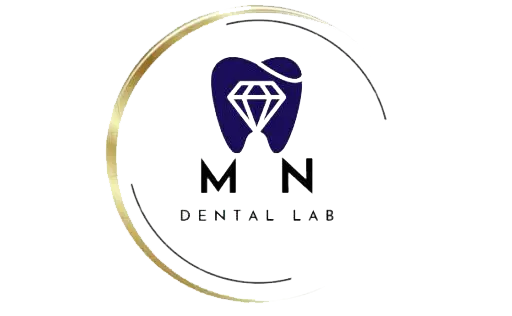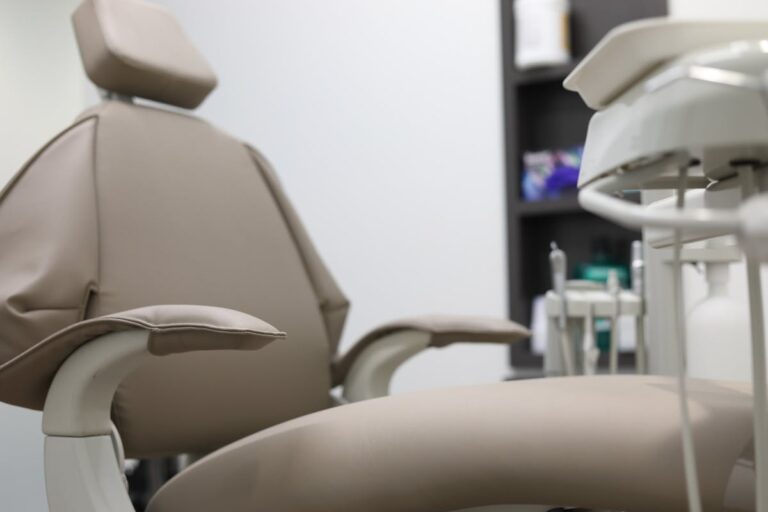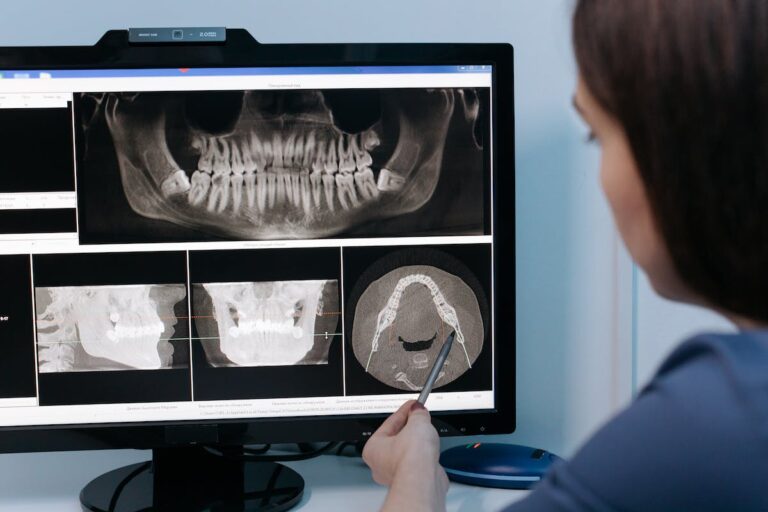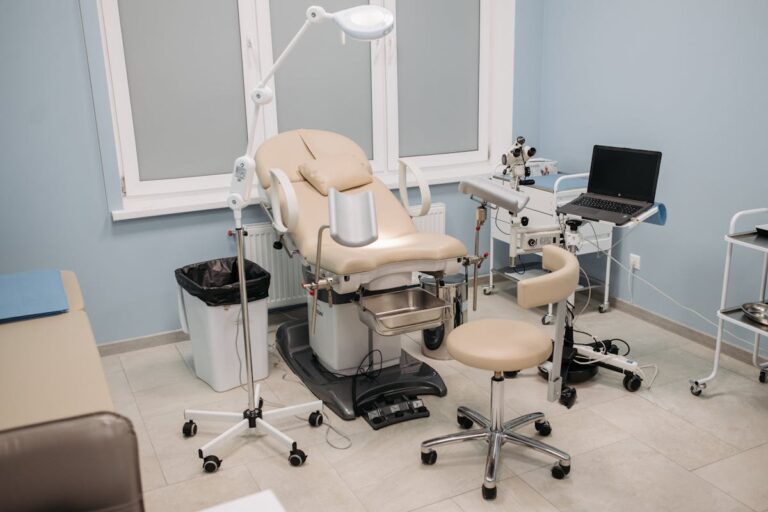Dentistry faces transformative tech advancements in the new decade. Innovations include digital impressions, 3D printing, advanced imaging, laser dentistry, artificial intelligence integration, and teledentistry’s rise, enhancing treatment precision, patient comfort, and oral care accessibility. Dental software evolution and dental material technology breakthroughs streamline workflows and improve outcomes. Predictive analytics application in oral care promises a new preventive dentistry era. This technological convergence demands deeper exploration within dentistry.
Exploring Digital Impressions
Digital impressions in dental technology have significantly improved precision and efficiency, particularly in the fabrication of digital dentures. This technology has revolutionized traditional dental methods by enhancing impression accuracy, which is crucial for the comfort and success of dental procedures.
Digital impressions facilitate the creation of a virtual model of a patient’s oral anatomy, allowing for comprehensive treatment planning and reducing the risk of errors during the fabrication process. Consequently, this enhances the overall quality of dentures.
The Rise of 3D Printing
3D printing’s emergence marks a significant advancement in dental technology. It refines traditional procedures, boosts precision, and shortens patient treatment time. Biocompatible printing, an essential aspect of this innovation, enables the creation of custom-fit, biologically safe dental appliances. This technology’s application includes producing customized braces, improving treatment efficiency and comfort, and potentially decreasing orthodontic treatment duration. However, it carries challenges like the necessity for specialized training, high initial cost, and regulatory debates. Despite these, 3D printing’s rise in dentistry reflects the industry’s dedication to utilizing advanced technology for enhanced patient care. As progress continues, dental healthcare is poised for a transformative shift.
Advanced Dental Imaging Technology
Innovative technologies, such as 3D printing and Cone Beam Computed Tomography (CBCT), are revolutionizing the dental industry. CBCT, providing three-dimensional visuals of teeth and jaw, enhances accuracy in diagnosis, facilitating complex dental procedures, and early detection of oral diseases.
The digital radiography enhances radiographic interpretation, ensuring superior image quality and reduced radiation exposure. Integration of machine learning improves the interpretation’s precision and speed.
These technological advancements promise improved patient outcomes and reduced diagnostic errors. Additionally, advancements in cosmetic dentistry procedures further enhance patient satisfaction, addressing both aesthetic and functional dental concerns. Their integration is anticipated to become a standard, marking a new era of precision and efficiency in dental care.
Future of Laser Dentistry
Laser dentistry’s future, marked by precision, versatility, and efficiency, aims to transform traditional dental practices. Applications include dental surgeries, gum treatments, and notably, faster, less invasive laser whitening procedures, which provide superior results.
Biostimulation therapy, a non-invasive laser treatment, is gaining recognition for promoting healing and reducing inflammation postoperatively, enhancing patient comfort and recovery time. Future dental care may standardize this therapeutic laser use.
Technological advancements will produce compact, user-friendly laser systems, expanding accessibility to diverse dental practices. Safety features will be improved to mitigate potential laser-associated risks.
Promising future trends in laser dentistry are revealed through ongoing research. As dental practitioners increasingly adopt this technology, patients can anticipate improved outcomes and a more comfortable dental experience.
The Impact of AI in Dentistry
AI’s impact on dentistry is transformative, promising advancements in diagnostic accuracy, treatment planning, and patient engagement. AI diagnostics leverage machine learning to analyze dental imagery, detecting pathologies like cavities, gum disease, and oral cancers sooner than traditional methods. This early detection facilitates quicker, effective interventions, enhancing patient outcomes and reducing healthcare costs.
AI-powered intelligent braces, with sensors to monitor tooth alignment, offer real-time adjustments, personalizing treatment plans, reducing treatment duration, and minimizing discomfort. AI’s potential to enhance patient engagement lies in delivering personalized dental health insights and recommendations. Using data from wearable technology, AI systems could provide real-time feedback on oral health factors like brushing techniques and diet.
While these technologies are still emerging, AI’s profound potential impact on dentistry promises to transform dental care, improving both patient care and clinical outcomes.
Revolution in Dental Surgical Tools
In the recent revolution of dental surgery, innovative tools like Smart Toothbrushes and Dental Drones have emerged. These tools increase surgical precision, reduce patient discomfort, and expedite the surgical process.
Smart Toothbrushes, using sensors and artificial intelligence, gather detailed oral data. This data aids dentists in detecting early oral health issues. Linked to apps, these devices give real-time brushing feedback, promoting preventive dental health.
Dental Drones, shaping oral surgery in future, perform complex tasks accurately and non-invasively. This reduces patient discomfort and recovery time. Dental Drones deliver laser treatments, conduct dental scans, and assist in surgeries, proving invaluable in contemporary dentistry.

Portable Dental Equipment Advancements
Portable dental equipment advancements have revolutionized modern dentistry. They’ve transformed traditional stationary dental units into mobile dentistry, offering increased convenience and efficiency. Mobile dentistry, essentially a mobile dental clinic, has increased dental care accessibility in remote areas, nursing homes, and schools. Portable dental equipment like advanced imaging devices, dental chairs, sterilization units, and handheld X-ray systems allow for a variety of dental procedures, from preventive to restorative, to be performed on the move. These advancements have enhanced patient comfort, reduced treatment times, but maintaining precision and quality remains a challenge. The future of portable dental equipment is promising with ongoing innovations focused on miniaturization and functionality enhancement, aiming to make dental care more accessible and efficient.
The Shift Towards Green Dentistry
The dental industry witnesses a significant trend – green dentistry, driven by increased environmental responsibility. This trend encapsulates the use of eco-friendly dental materials, energy-efficient practices in dental offices, and waste reduction strategies. Examining these aspects reveals the implications and benefits of this ecological approach in dental care.
Eco-Friendly Dental Materials
Dentistry is adopting eco-friendly materials for a sustainable future in dental healthcare. Key advancements include sustainable fillings and bio-compatible crowns. These innovations lessen environmental impact and improve patient safety. Sustainable fillings use biodegradable materials, reducing reliance on harmful chemicals. Bio-compatible crowns interact well with natural body tissues, minimizing allergic reactions and enhancing overall biocompatibility. This shift to green dentistry shows commitment to environmental stewardship, patient health, and the evolution of dental technology.
Energy-Efficient Dental Practices
The dental industry’s eco-conscious shift is evident in its adoption of energy-efficient practices, highlighting the commitment to green dentistry. Key areas of progress include:
- Sustainable Architecture: Dental clinics now prioritize energy-saving designs, incorporating natural lighting, high-performance insulation, and energy-efficient HVAC systems.
- Renewable Energy: More dental practices are switching to renewable energy sources, like solar panels, to power facilities.
- Efficient Equipment: The rise in energy-efficient dental equipment usage decreases total power consumption.
- Waste Reduction: Focus is on recycling and waste reduction, enhancing sustainability efforts.
This transition signifies the dental industry’s significant advancement towards environmental responsibility.
Waste Reduction Strategies
Green dentistry embraces waste reduction strategies. Dental practices recycle waste, including hazardous amalgam, lead foils, and non-hazardous paper, plastic, metals, promoting sustainable resource management. Biodegradable disposables, like cups and bibs, are increasingly used, reducing landfill waste. These strategies highlight dental practices’ commitment to environmental sustainability, a crucial trend in dental equipment and practices evolution.
The Advent of Robotic Dental Surgery
Robotic dental surgery, a future-oriented innovation, promises precision and efficiency in oral healthcare. This novel approach offers:
- Precision Enhancement: Robots surpass human accuracy in executing complex dental procedures, reducing error potential and heightening treatment results.
- Comfort Increase: Less invasive robotic surgeries pave the way for reduced post-operative discomfort and swifter patient recovery.
- Efficiency Boost: Robotic systems streamline treatment, enabling more patient care without quality compromise.
- Anticipated Progress: Maturing technology forecasts sophisticated robotic systems, broadening procedure scope and improving patient care and efficiency further.
Innovations in Dental Prosthetics
Dental prosthetics has undergone swift evolution due to material and technology advancements. Enhanced prosthetic materials boost dental replacement quality and functionality by providing superior durability and realistic aesthetics. The introduction of 3D printing technology has transformed prosthetic production, facilitating precise, efficient, and personalized solutions.
Advanced Prosthetic Materials
Advanced dental prosthetic materials have revolutionized aesthetics and functionality in the field, due to the integration of Bio compatible Prosthetics and Smart Implants.
- Bio compatible Prosthetics: Designed to interact seamlessly with the body’s natural systems, these prosthetics are non-toxic and minimize risk of adverse reactions or rejection.
- Smart Implants: Equipped with sensors or electronics, these implants actively monitor oral health and implant conditions.
- Aesthetics: Modern prosthetics mimic natural teeth’s color, shape, and texture, boosting patient confidence and life quality.
- Functionality: The use of advanced materials and design techniques ensures durability, comfort, and ease of maintenance, resulting in improved oral health.
3D Printing Technology
3D printing technology’s potential adoption in dental prosthetics could revolutionize this field. The concept of ‘bioprinting teeth’ involves creating living tissues to replace damaged or missing teeth. This method could enhance dental customization, creating prosthetics tailored to individual patient’s oral structures. Additionally, 3D printing’s precision may minimize time for adjustments and fitting, enhancing patient experience. Unlike traditional prosthetics, bioprinted teeth could closely mimic natural tooth structure and function. The implications for cost, accessibility, and dental care quality are significant. As this technology advances, it could catalyze a new era of personalized, efficient, and superior-quality dental prosthetics.
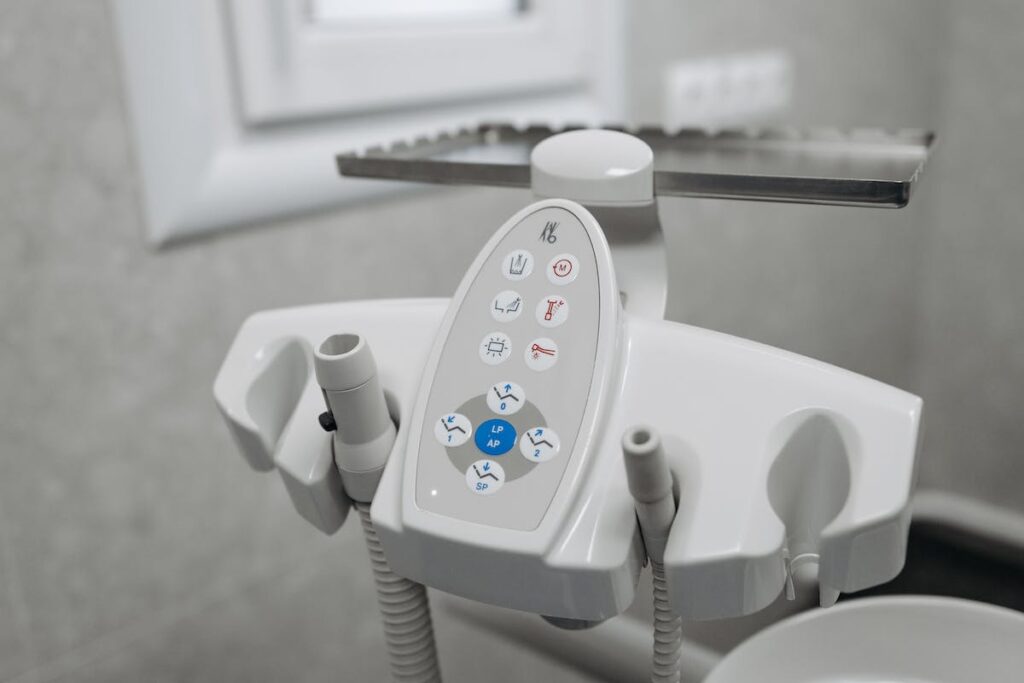
Advancements in Dental Sterilization Techniques
Recent sterilization advancements in dentistry improve safety and patient care. Notably, ultraviolet (UV) disinfection uses short-wavelength light to kill microorganisms.
- UV Disinfection: This chemical-free technique effectively eliminates harmful bacteria and viruses, minimizing cross-contamination in dental clinics.
- Steam Autoclaves: Updated autoclaves use steam pressure for enhanced efficiency, eradicating all forms of microbial life, including spores.
- Single-Use Instruments: Disposable, single-use instruments trend offers a reliable sterilization method, lowering infection transmission risk.
- Automated Tracking Systems: These systems verify completion of sterilization process for all instruments, bolstering safety and health regulations compliance.
Coupled with thorough training and strict safety protocols, these advancements transform dental offices into safer spaces. Future dental sterilization promises more efficient, reliable, and secure practices, safeguarding patients and dental professionals.
Role of Teledentistry in the Future
Teledentistry’s transformative role in future dental trends leverages digital tools for virtual consultations, establishing a new care standard. By increasing accessibility, teledentistry significantly influences global dental care reach.
Teledentistry: Revolutionizing Dental Care
Teledentistry, a pivotal development in dental care, is reshaping future oral health services. It encompasses:
- Remote Monitoring: Enabling dentists to track their patients’ oral health remotely, benefiting individuals in distant areas or those incapable of regular visits.
- Patient Education: A tool for dentists to impart knowledge about oral health, preventive steps, and treatment strategies.
- Convenience and Accessibility: Enhancing dental care access, conserving time, and minimizing travel.
- Cost-Effectiveness: Decreasing physical visits to lower dental care costs.
This exemplifies the revolutionary impact of teledentistry on dental care.
Virtual Consultations: A New Norm
Digital age adoption is driving a shift in dentistry towards virtual consultations, a new norm under teledentistry’s scope, with potential enduring impacts on dental care. A key innovation is virtual braces; a solution merging 3D imaging with advanced software to improve orthodontic treatment. Teleorthodontics, where virtual braces belong, offers benefits such as improved accessibility, cost-effectiveness, and increased patient comfort. There are challenges, including patient data security and the need for solid virtual consultation platforms. With strategic planning and secure, user-friendly technology investments, virtual consultations are primed to reshape future dental care.
Teledentistry’s Impact on Accessibility
Teledentistry’s emergence revolutionizes dental care accessibility, eliminating geographical and physical constraints on oral health service quality.
- Remote Monitoring: Dentists can remotely track patients’ oral health, mitigating in-person visit necessity and enabling real-time intervention.
- Dental Apps: These tools facilitate patient participation in oral health management, promoting self-assessment and immediate dentist contact.
- Rural Areas: Teledentistry enhances dental service accessibility in rural regions with limited traditional dental practices.
- Disabled or Elderly: Teledentistry, a travel-free alternative, ensures consistent dental check-ups for those with mobility challenges.
Dental Software Evolution
Dental software evolution, driven by stricter telehealth regulations and virtual reality adoption in dental schools and clinics, has transformed dental practice operations and patient care. Electronic health records (EHRs) and practice management systems have increased administrative efficiency, enabling more patient-focused time. To comply with telehealth regulations, dental software now integrates robust security measures such as data encryption, two-factor authentication, and regular data backup. The inclusion of virtual reality training in dental software offers a risk-free, immersive learning environment for skill enhancement.
Breakthroughs in Dental Material Technology
Dental material technology advancements promise enhanced patient outcomes and experiences with innovations like Biomimetic Dentistry, Smart Fillings, durable composites, and digital impressions.
- Biomimetic Dentistry: Mimics natural tooth properties, aiming to restore tooth biomechanics, structure, and aesthetics with minimal removal.
- Smart Fillings: Advanced fillings that regenerate tooth tissue by releasing minerals like calcium and phosphate for natural remineralization, combating tooth decay.
- Durable Composites: New composite materials result in robust, long-lasting fillings with colors matching natural teeth, increasing aesthetic appeal.
- Digital Impressions: Increasing use in prosthodontics, reducing traditional impression materials’ need. Captures accurate dental anatomy, providing precise data for restoration design.
Predictive Analytics in Oral Care
Predictive analytics empowers dental professionals to foresee and prevent oral health problems. It uses historical data, algorithms, and machine learning to predict future outcomes. A key application is oral microbiome analysis, which identifies disease-indicating patterns.
By analyzing the oral cavity’s microbes, clinicians can predict diseases like periodontitis, dental caries, and oral cancer, enabling preventive measures. This strategy enhances early intervention and prevents severe health effects.
Predictive analytics also enables personalized dentistry. By incorporating genetic predispositions, lifestyle habits, and oral health histories, dentists can formulate personalized treatment plans, enhancing patient satisfaction and treatment outcomes. For example, a periodontitis-prone patient may receive frequent cleanings and specific oral hygiene advice.
Frequently Asked Questions
How Will the Rise of Dental Equipment Technology Impact the Cost and Affordability of Dental Procedures?
Initial rise in dental technology may elevate procedure costs. Potential mitigation through insurance adjustment and patient education could ensure affordable, efficient, and superior dental care.
How Will the Advancements in Dental Equipment Affect Employment Opportunities in the Dental Industry?
Dental equipment advancements stimulate employment, specifically for trained individuals. Crucial industry preparedness ensures sufficient training for these technology-intensive roles.
Will the Advancement in Dental Technologies Replace the Need for Human Dentists in the Future?
“Dental technology advancements, including robot ethics, aid procedures but can’t replace human dentists. Patient comfort necessitates human interaction for personalized care and effective communication, an area where technology falls short.”
How Is the Dental Industry Approaching the Issue of Cybersecurity With the Increase in Digital and AI Tools?
Cybersecurity in the dental industry focuses on data privacy, staff education, secure technology implementation, and regular system checks for patient data protection.
How Will the Increase in Portable and Remote Dental Technology Impact On-Site Dental Clinics and Hospitals?
Portable and remote dental technology’s rise will increase patient comfort and care accessibility, possibly lowering on-site clinic visits. This advancement may require traditional dental practices to adapt for competitiveness.
Conclusion
Digital impressions, 3D printing, advanced imaging, laser dentistry, AI, teledentistry, software evolution, novel dental materials, and predictive analytics are fueling the transformation of future dental equipment. This revolution enhances accuracy, efficiency, and patient comfort in dentistry. Successful integration mandates ongoing research, training, and adaptability, fostering a technologically advanced oral care landscape.
